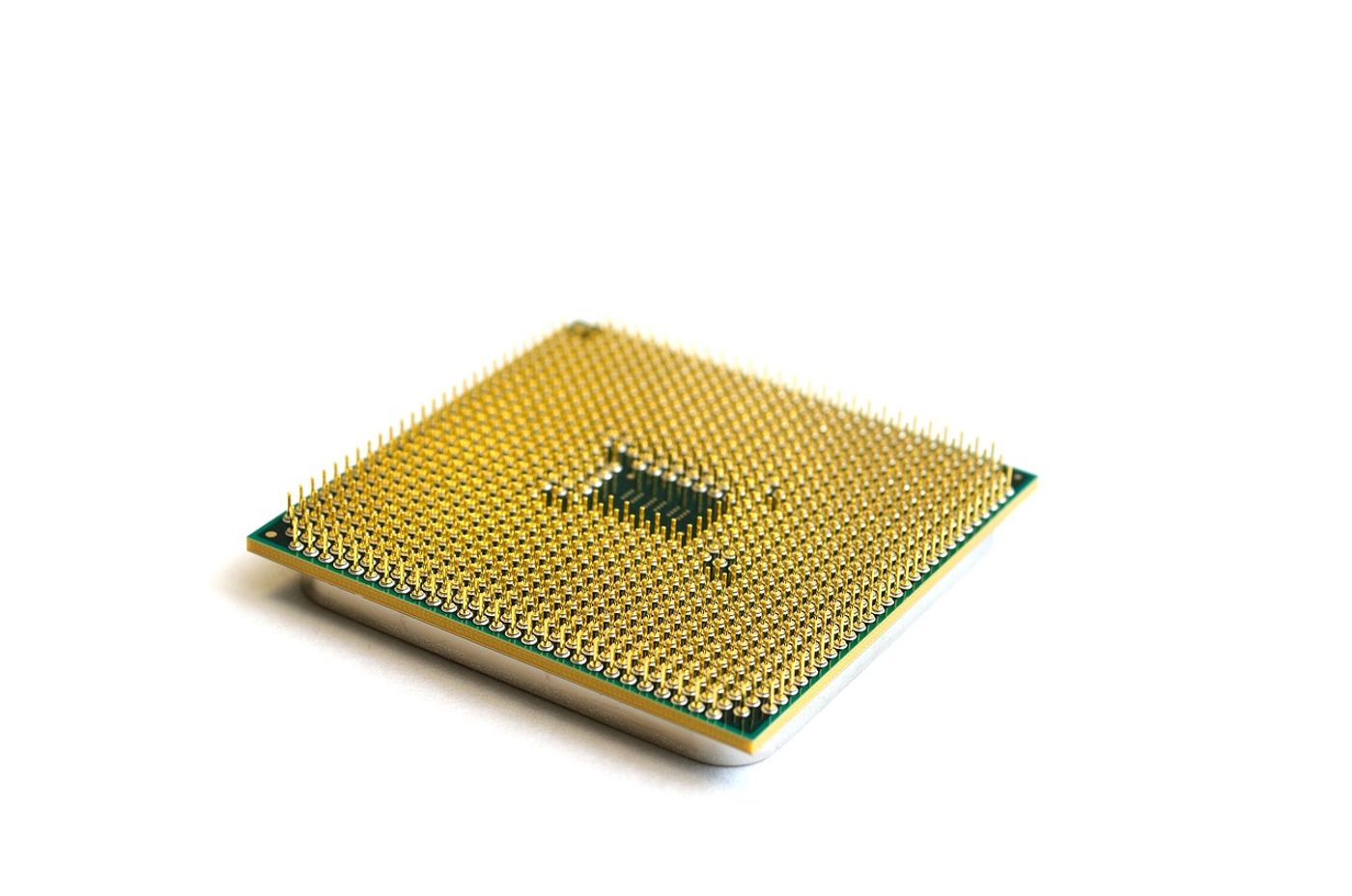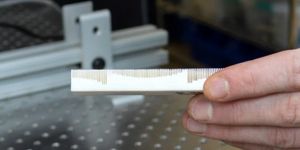Researchers Invent Printable Semiconductors for Internet of Things
In a recent study published in Nature Electronics, an international team of researchers led by Fudan University in China examined the potential for printable, wirelessly powered sensor nodes that could contribute to large-area electronics technology and the Internet of Things. This study holds the potential to be a solution for both the economic and sustainability issues of battery-powered devices as we transition to wirelessly powered devices.
"Equipping everyday objects and environments with intelligence via smart sensors would allow us to make more informed decisions as we go about in our daily lives," said Dr. Vincenzo Pecunia, who is an associate professor in the School of Sustainable Energy at Simon Fraser University in Canada, and a co-author on the study. "Conventional semiconductor technologies require complex, energy-intensity, and expensive processing, but printable semiconductors can deliver electronics with a much lower carbon footprint and cost, since they can be processed by printing or coating, which require much lower energy and materials consumption."
Dr. Pecunia states that creating printable electronics capable of harvesting energy from the environment could be the answer, noting such energy could be obtained from ambient light or uitous radiofrequency signals as examples.
"Our analysis reveals that a key priority is to realize printable electronics with as small a material set as possible to streamline their fabrication process, thus ensuring the straightforward scale-up and low cost of the technology," said Dr. Pecunia. "Based on recent breakthroughs, we anticipate that printable semiconductors could play a key role in realizing the full sustainability potential of the Internet of Things by delivering self-powered sensors for smart homes, smart buildings and smart cities, as well as for manufacturing and industry."
Dr. Pecunia notes the potential for carbon footprint reduction that his group’s sensors could allow, along with a reduction in supply chain issues and energy costs that come with long-distance transport in the manufacturing of traditional electronics.
"Due to their unique manufacturability, printable semiconductors also represent a unique opportunity for Canada," said Dr. Pecunia. "Not only to become a global player in next-generation, eco-friendly electronics, but also to overcome its reliance on electronics from faraway countries and the associated supply chain and geo-political issues. Our hope is that these semiconductors will deliver eco-friendly technologies for a future of clean energy generation and sustainable living, which are key to achieving Canada's net-zero goal."
Sources: Nature Electronics
As always, keep doing science & keep looking up!









